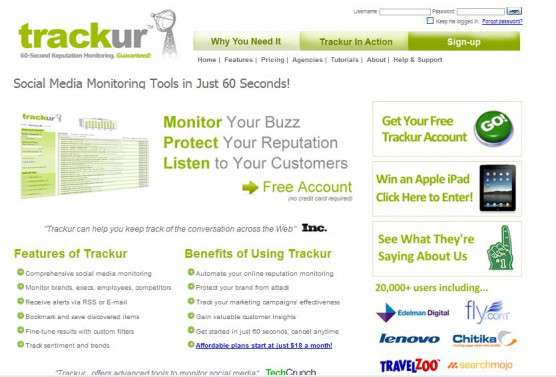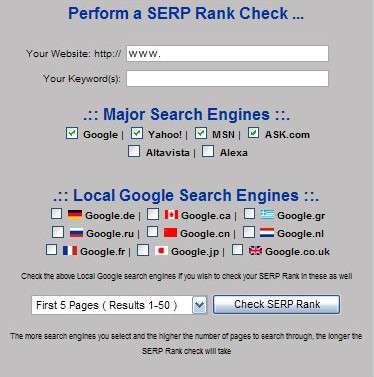With the New Year just around the corner, perhaps you are thinking about the past 12 months and what changes there have been in your business. For instance, did your sales increase? Why or why not? What could you have done to attract more online customers? Perhaps, you had planned to start a newsletter, but…Yes, there are many aspects of having a successful business, and as the New Year approaches, this is a great time to set some new goals for 2011.
At Page Progressive we want to see your business not just survive but thrive. Our professional web designers can assist you in determining how to best use your time, efforts and energy to make your business all it can be. To get you started, here are 15 website resolutions your company may want to make for your company in 2011.
- Ongoing social media maintenance. Just having a Facebook page is not enough. You need to spend time each week adding comments, polls, answering questions, posting promos, etc. This helps build a following and improves your presence on the web. Whether you spend time on a daily, weekly or monthly basis, the benefits are there. Just be sure that you don’t cannibalize other productive time.
- Create link bait. Write (or have someone do it for you) informative articles that link to your website. Effective link bait articles can contain lists, eye catching titles that use high ranking keywords and contain useful information that others will want to link to or post on their site.
- Newsletters and blogs. You want people to know who are and what you are doing. Whether you opt for a daily blog post, a weekly blog post, a newsletter each quarter or any other schedule, making yourself known through newsletters or blog posts is the online equivalent of a radio or TV commercial.
- Implement SEO practices. Be sure your website is search engine optimized through keyword rich content, blog posts and new pages. Set aside time each month to explore additional keyword phrases you can optimize your site for. Use the new Google Instant Search or the Google Adwords Keyword tool for suggestions.
- Think about the future. Spend time implementing long term strategies (white hat vs. black hat, link building) with consistent payoffs rather than short term goals with big payoffs.
- Good Website usability is a must. Make sure that you spend time designing your site to be mobile device and local search friendly. After all, website usability by -regardless of the devices being used- will increase sales and keep your guests longer.
- Make your site interesting to visitors by having tutorials, videos, infographics, e-books, and other features-this is especially helpful if these features are only available on your website!
- If you already have a company newsletter, work on reducing your bounce rates by 20-40%.
- Have a holistic approach to ecommerce. Combine SEO, social media and Customer Relationship Management (CRM) systems to improve business.
- Remember who and what is important. Spend time improving current projects and keeping current customers happy rather that chasing after new clients and beginning more projects.
- Link building is a must! Focus on getting more organic links and less paid ones.
- Get involved in your community, industry events, conferences, etc, so that others will know who you are and what you do.
- Have back up. If you don’t have a backup system in place, make it a priority. Whether you opt for external hard drives or online back-up services, having backup copies of programs, sales, client info, etc. is vital. Also make sure your web host performs regular backups of all files and databases as well.
- Delegation-delegation-delegation! Everyone has different skill sets. Some excel in writing, others in designing, some in programming, and so on. When people work on projects that fit with their strengths and skill set, then your company can more easily reach its full potential. If you don’t have the people to within your company, consider hiring someone else. If you don’t know what skill sets your employees posses consider purchasing the book, Now, Discover Your Strengths, (Marcus Buckingham and Donald O. Clifton) so that you and your employees can take the Gallup strengthfinder.com profile test.
- Pay attention to what is happening in the world of the web and how it relates to business. According to Adam Audetter, there are 3 primary focuses for business trends. Paying attention to them can make or break your business goals. These focuses are:
- Prices– The Internet has made comparison shopping easier than ever and customers are moving away from brand loyalty and toward price loyalty. Today’s consumers are looking for deals, discounts, coupons, incentives, free shipping and other reasons to support a specific site or product. E-commerce sites need to do everything possible to reach and retain customers.
- Use visual aids– A study by comSense showed that using video as a part of online shopping made sales 64% more likely to occur and that site guest stayed at least 2 minutes longer on the site.
- Keep up with trends in technical SEO. Just as Google Instant was released in September of 2010, Bing is going to officially support the "rel canonical" Meta tag in January or February. Unfortunately, Bing is not likely to be able to support cross domain "rel canonical" implementations. The best tool for SEO in regards to Bing is the Bing Webmaster Toolbox. Companies who wish to have a visible presence on the web need to be aware of this and any other technical SEO changes, so they can have the greatest impact possible.
Depending on your business, there may be other new year’s resolutions you may need to include, these are just some to get you started. It is ultimately up to you to determine which of the resolutions you will focus on. According to PC World.com the following pitfalls should be avoided in making New Year’s resolutions:
- Having too many. Rather than setting so many goals that you can’t keep up then feeling like a failure, pick New Year’s resolutions that are actually achievable. If you have a number of goals for the year, consider grouping them into manageable sets and focus on each group over a set period of time.
- Be sure the goal is clearly defined and understood by all those responsible for accomplishing them.
- Assessment. Take the time-whether weekly, monthly, or otherwise to assess how you are doing in achieving a particular goal. Make notes of what is, or is not, working.
At Page Progressive, we would love to sit down and help you assess your site and determine what your focus and goals for the New Year should be. We have the people available to see that your website meets all the latest web standards as well as writers, designers and graphic artist who would love to take your business to the next level. You can look us up on Facebook, follow us on Twitter or check out our portfolio to see what we can do to help you realize your New Year’s resolutions for 2011.


 Do you remember the Aesop’s fable about the turtle and the hare? Remember how the turtle steadily plodded toward the finish line, while the hare raced along looking for easiest ways to get ahead, and then rested on his laurels once he thought he had attained the prize? Then, seemingly out of nowhere, there was the turtle at the finish line. This story reminds me of how some choose to approach
Do you remember the Aesop’s fable about the turtle and the hare? Remember how the turtle steadily plodded toward the finish line, while the hare raced along looking for easiest ways to get ahead, and then rested on his laurels once he thought he had attained the prize? Then, seemingly out of nowhere, there was the turtle at the finish line. This story reminds me of how some choose to approach


 Why Should You Have a Privacy Policy?
Why Should You Have a Privacy Policy?


 Flash is 100% proprietary and is only available from Adobe. However, he does conceded that Apple uses proprietary products like the iPad, iPod touch and iPhone, but uses open standards like HTML5, CSS and JavaScript.
Flash is 100% proprietary and is only available from Adobe. However, he does conceded that Apple uses proprietary products like the iPad, iPod touch and iPhone, but uses open standards like HTML5, CSS and JavaScript.

